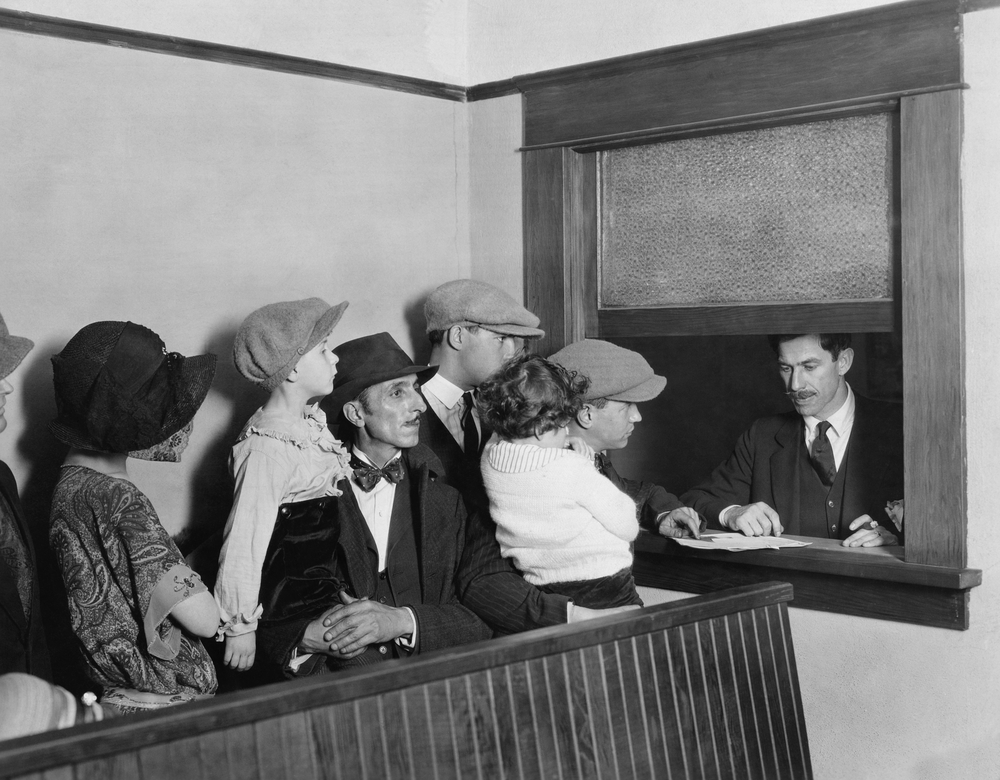




Does waiting in line drive you crazy? Well, you are not alone. Waiting in line is one of the most hated things universally, and a special discipline in organizational design in dedicated to study waiting times, queues, and how to improve them.
Does waiting in line drive you crazy? Well, you are not alone.
Waiting in line is one of the most hated things universally, and a special discipline in organizational design in dedicated to study waiting times, queues, and how to improve them.
Altogether, some people spend a year or two of their lives waiting in line, estimates Richard Larson, a professor who studies queuing theory at MIT.*
Waiting in line is so stressful, that its associated negative feelings termed their own coin named “The waiting-in-line blues”.
As consumers experience a greater squeeze on their time, even short waits seem longer than ever before. If firms can improve customers’ perceptions of the time they spend waiting to be served, then customers will experience less frustration and may feel more satisfied with the service encounter. *
Research since the 1950 shows how waiting affects people, psychologists found that affects found to date range from mild, such as discomfort or boredom (which can be more than mild sometimes), and passing by stress (with varying levels), and probably frustration, this could be followed by bargaining and deciding what to do, and the feel of loss of time, and usually the end feeling is anger. The whole experience is often described as intolerable.
To see the flow and aggression of feelings psychologists say that a person goes through when waiting in queues, let us try to imagine this situation:
You are waiting at a point of service, let us say a bank, and you want to deposit a cheque, it is 1:00 pm now, and you have a painting lesson at 2:00 pm. When you enter, you are calm, you see many people already waiting and you think to yourself “well, this could take more than I expected”, and this is where you start to feel uncomfortable, ten minutes pass, the line is moving slowly, you have to leave there by 1.30 to arrive at your lesson by 2:00.
At 1:15, your feelings will change, now you are tired from standing, and you are frustrated with how the queue is going, by 1:20 you are stressed, and you are worried you might not make it in time.
Its ticking 1.30 now, and you are considering waiting some more – Afterall you have been waiting for 30 minutes and you don’t want that to go in vain – shall you wait or go? by 1.35 you figure that you cannot do both things today, which will you choose? This is where anger usually hits.
Now, image another situation, a much more pleasant one: You want to go to the bank to deposit a cheque, and it is 12:30 pm now, you check Dorak, and you book an appointment at your selected branch at 1:25. Now, you use the extra 30 minutes you have to get groceries, you receive a notification that your turn is coming soon, then you arrive to the bank at 1:25, go directly to the designated counter, finish by 1:30, leave to your lesson happy, comfortable, and you haven’t wasted a minute!
Did you see the effect on the way you feel in these two different scenarios? Try Dorak for yourself now, and don’t ever stand in queues again.
* Prescription for the Waiting in Line Blues, by Richard C. Larson. Massachusetts Institute of Technology.